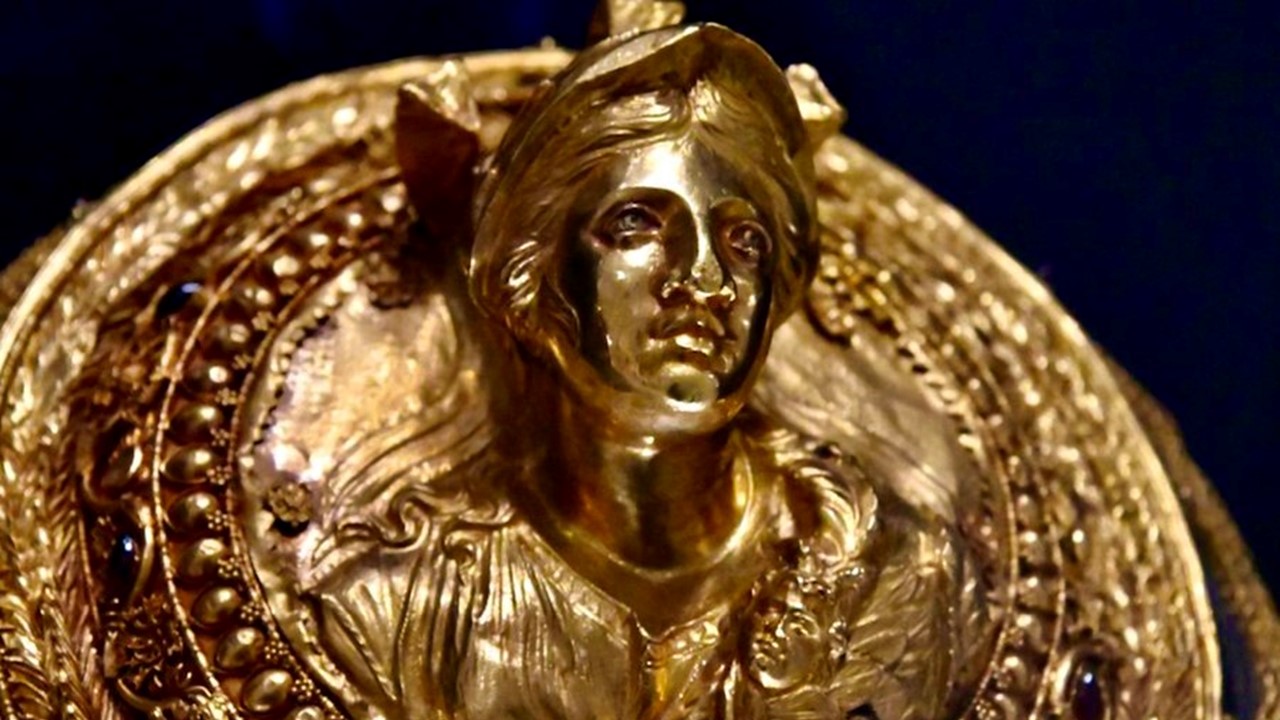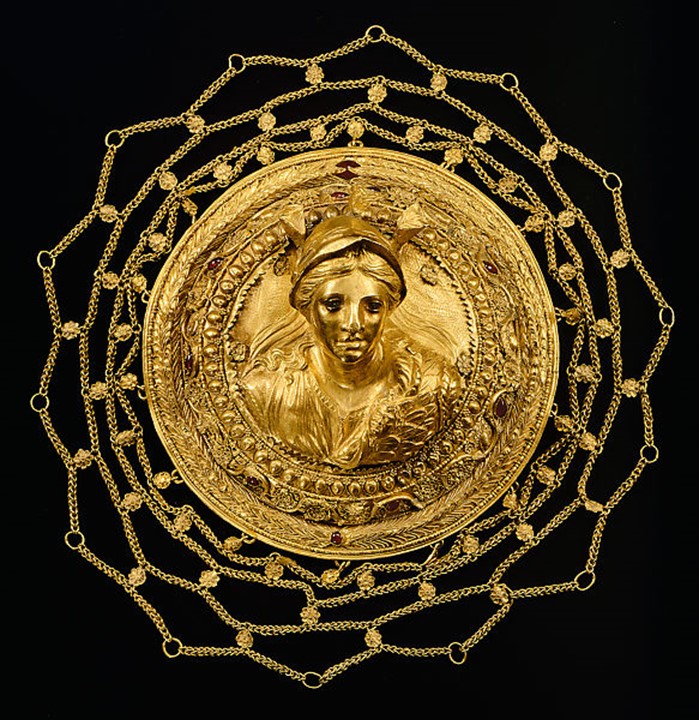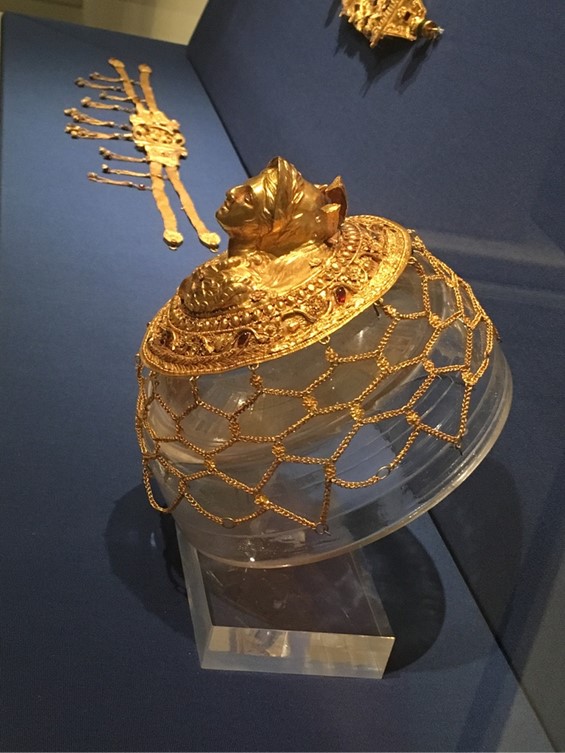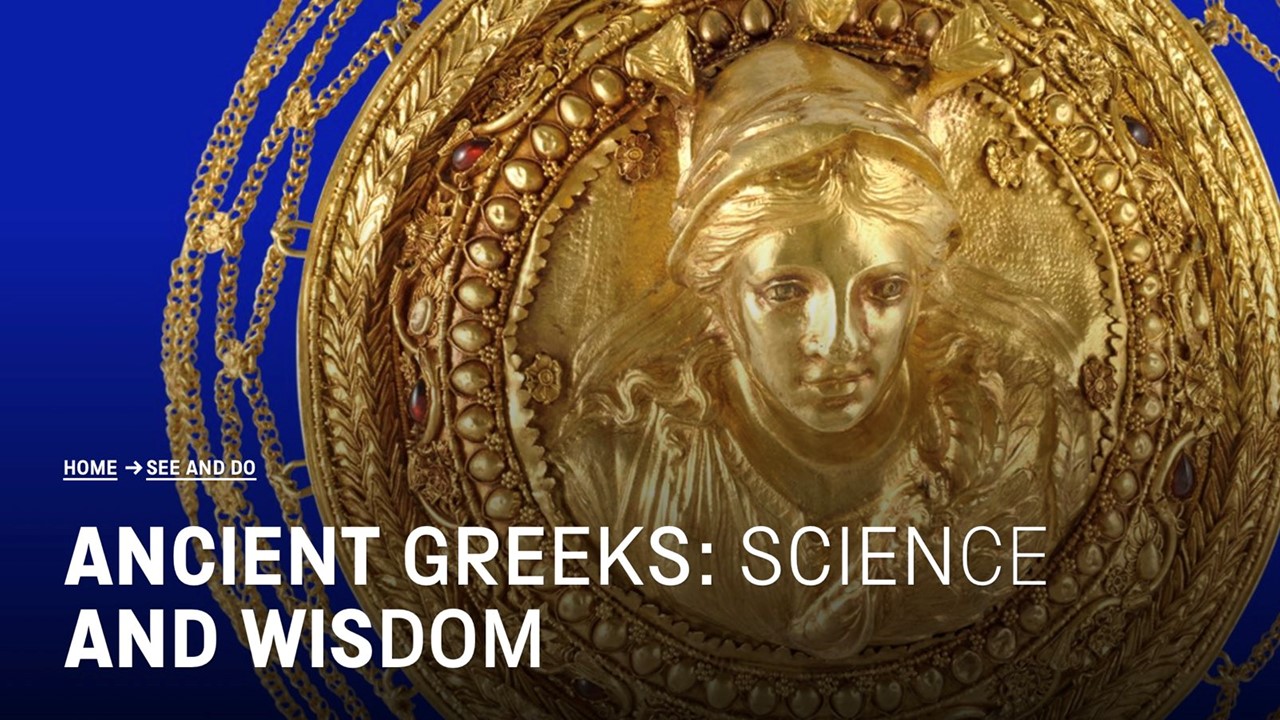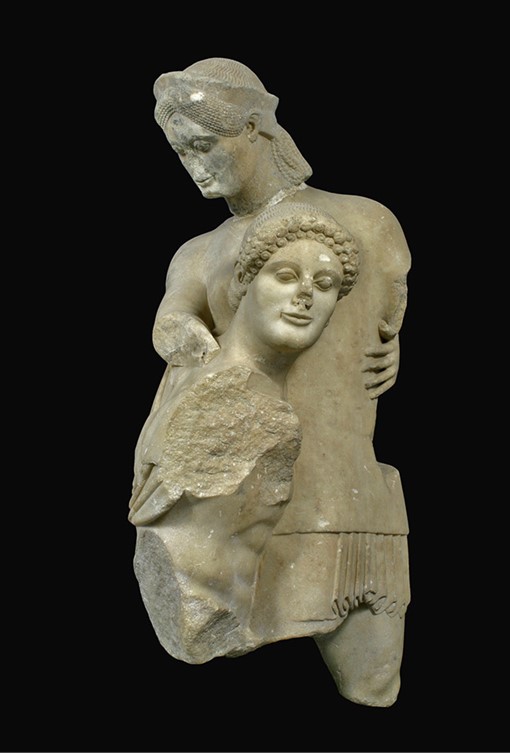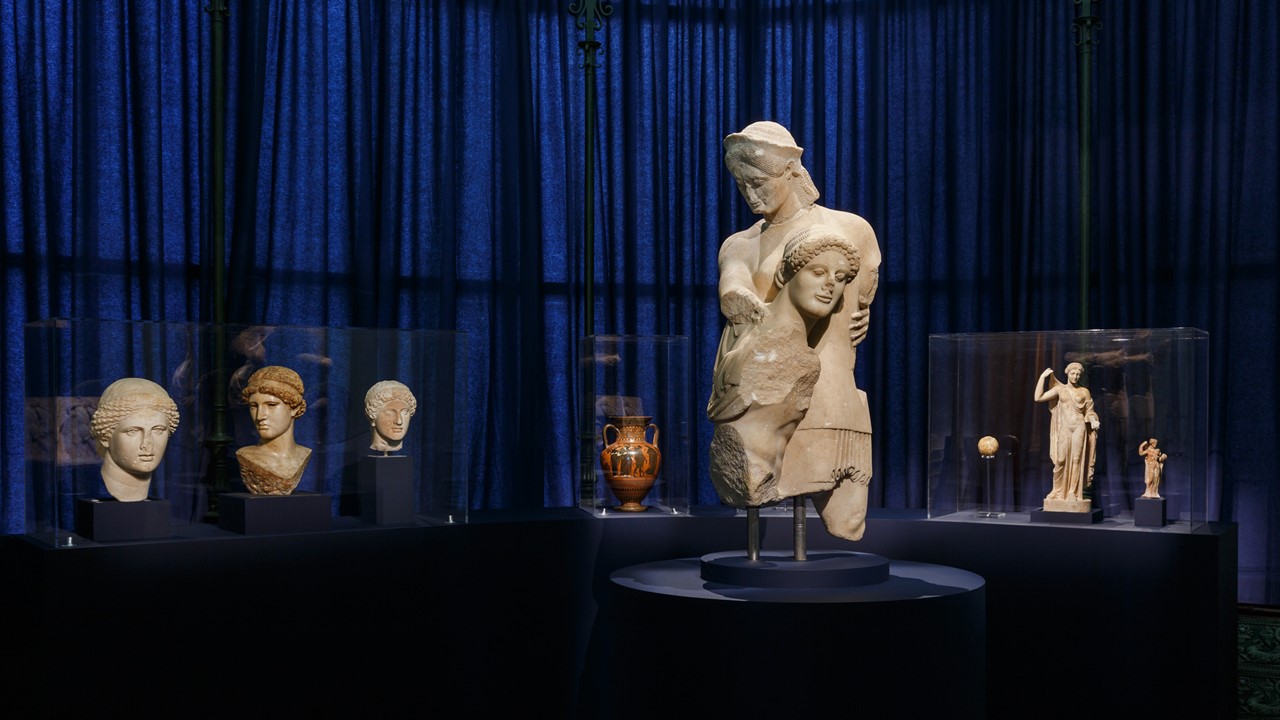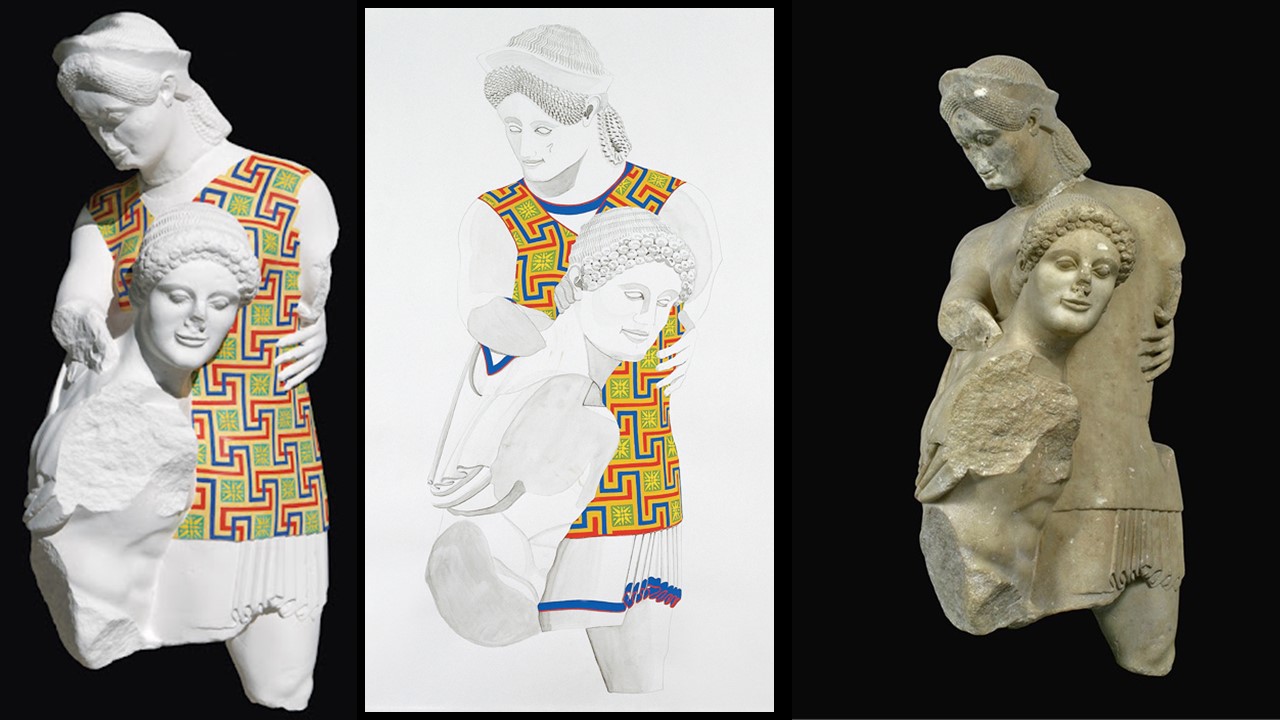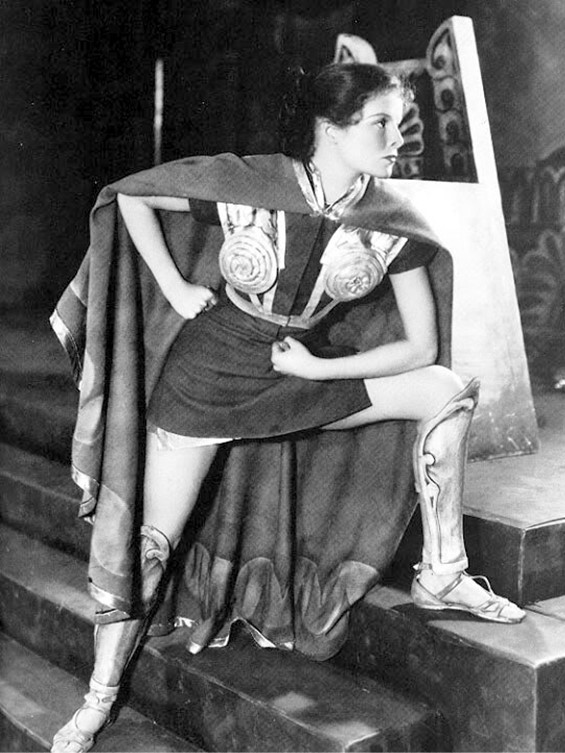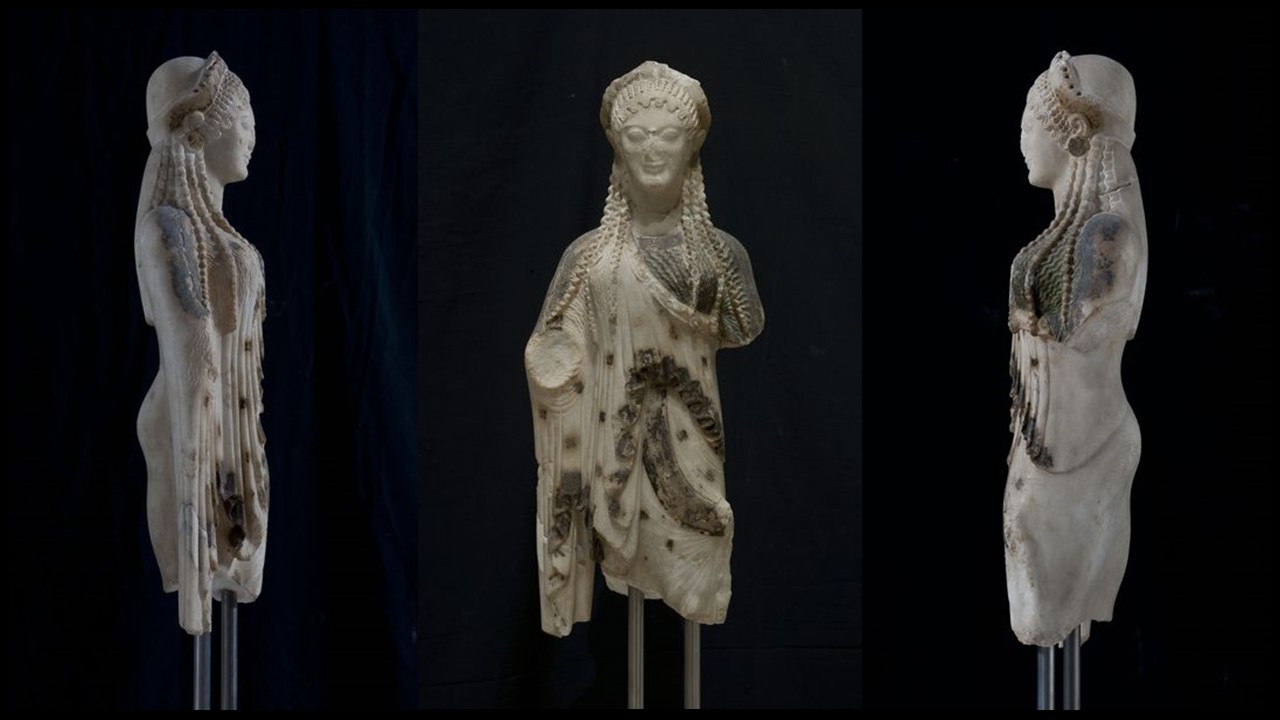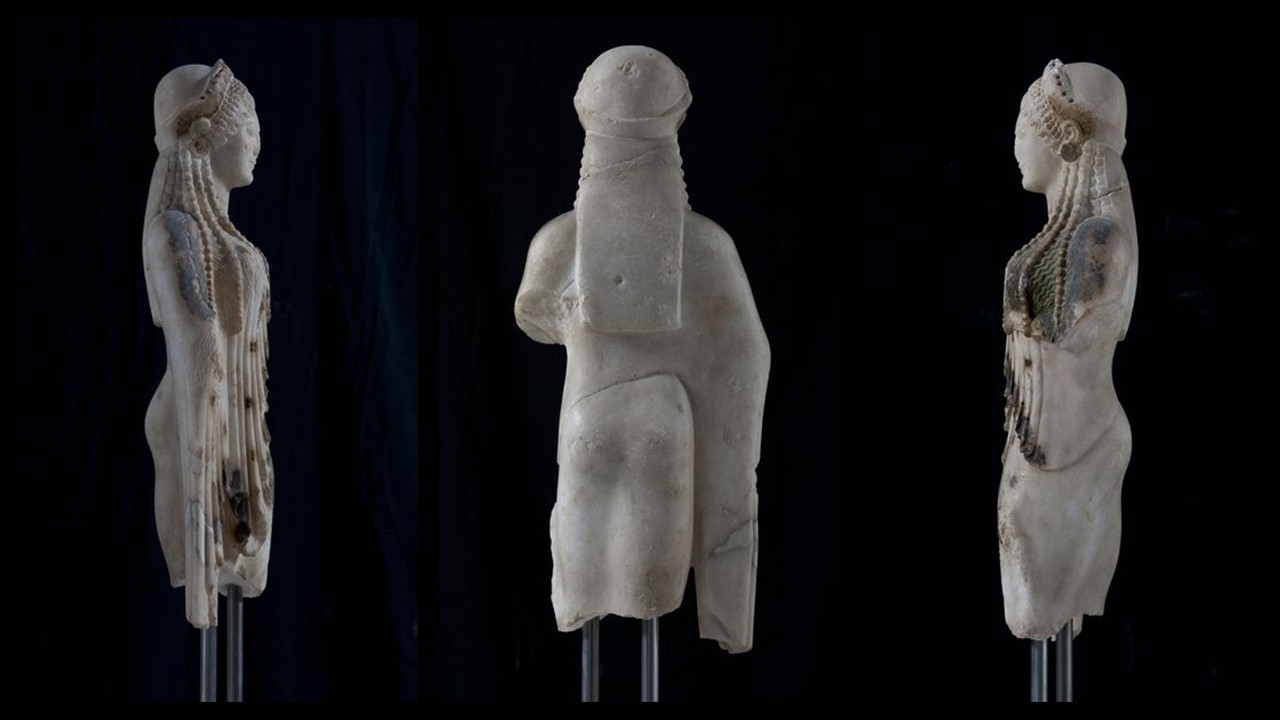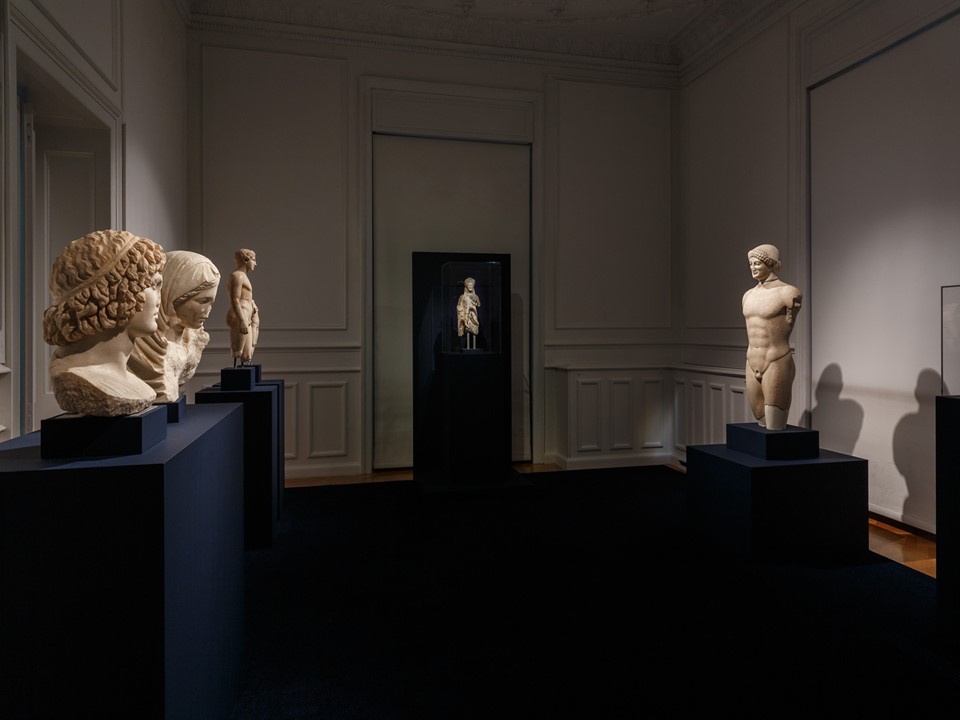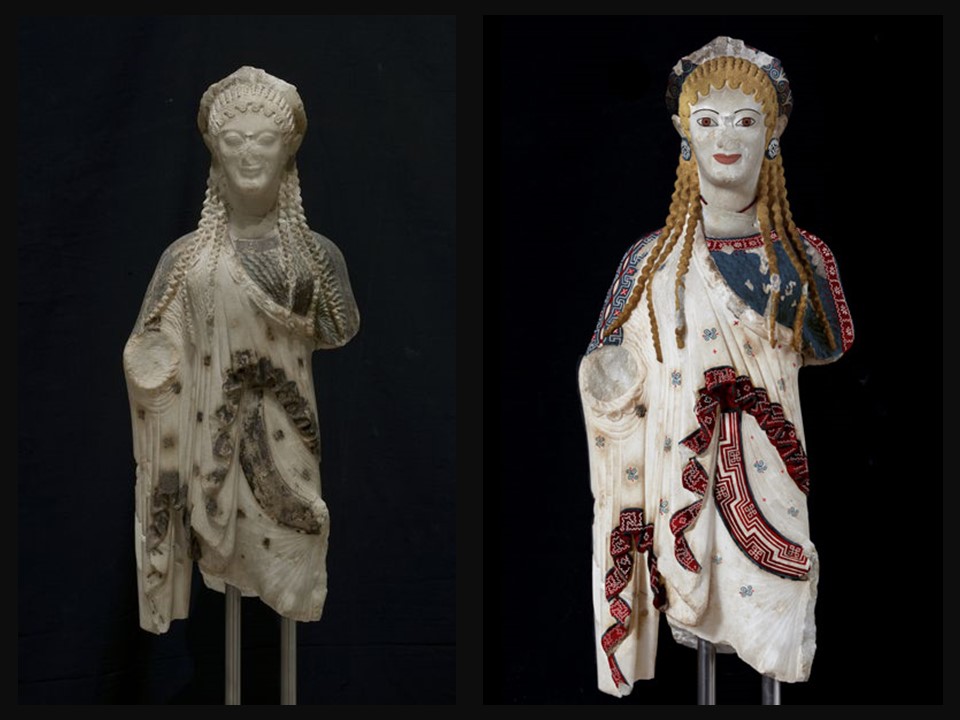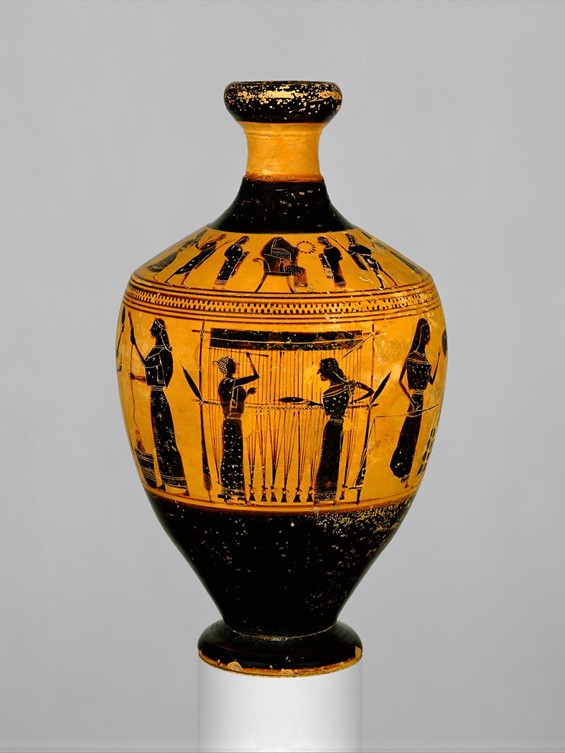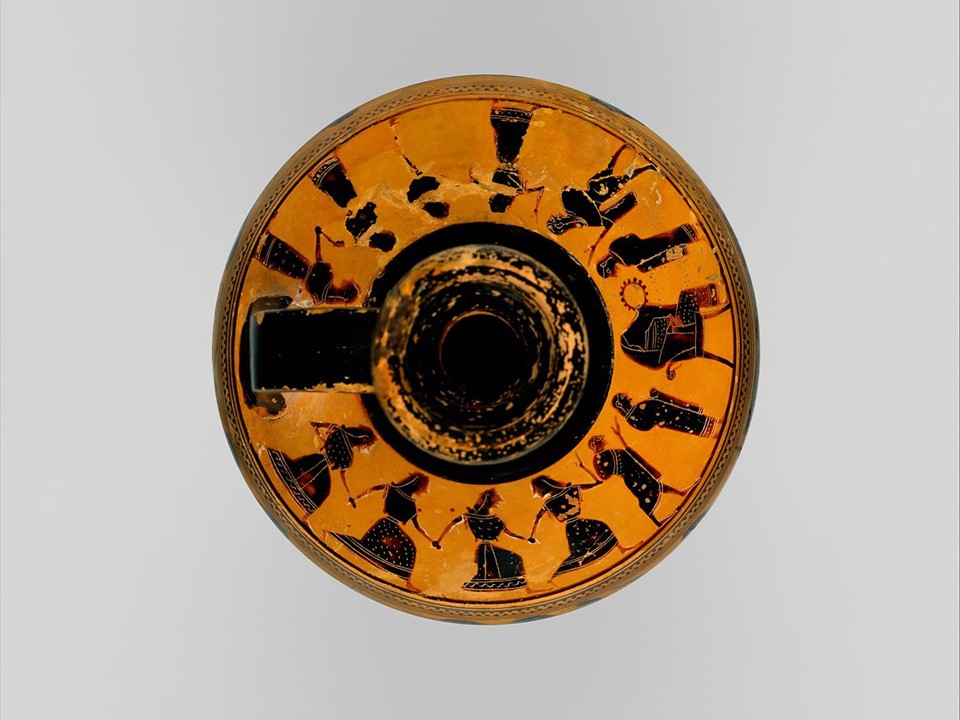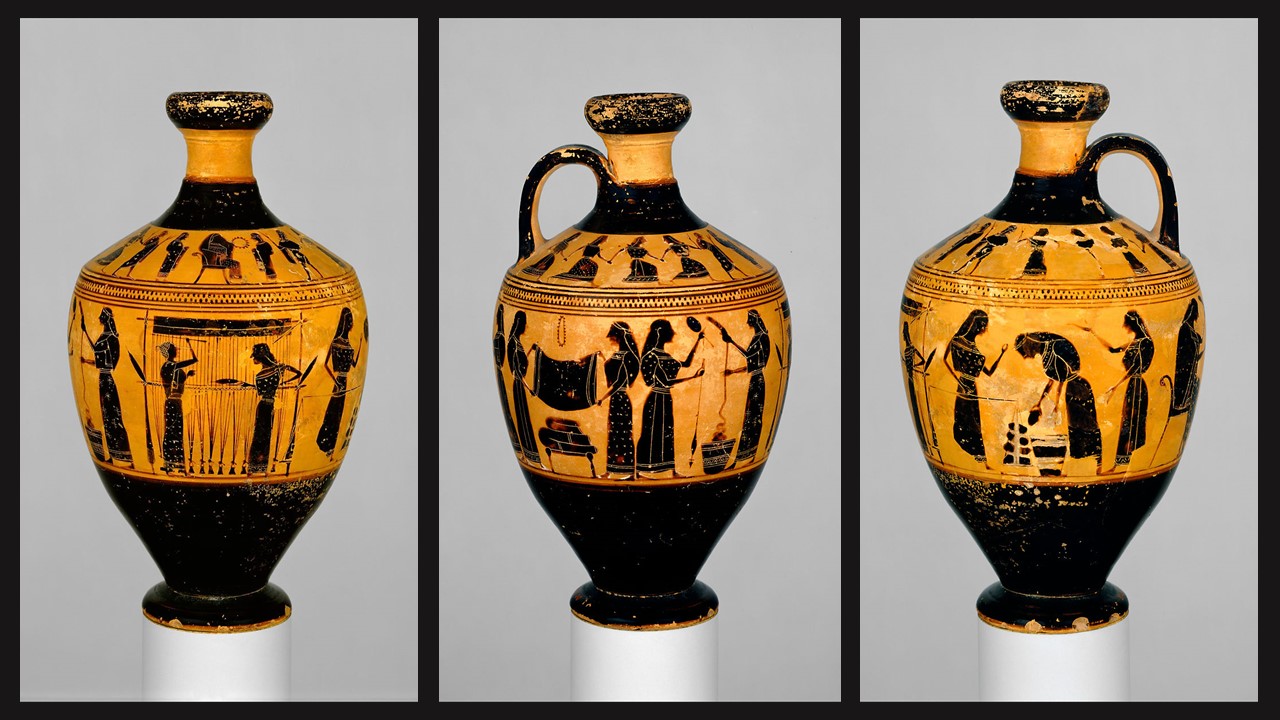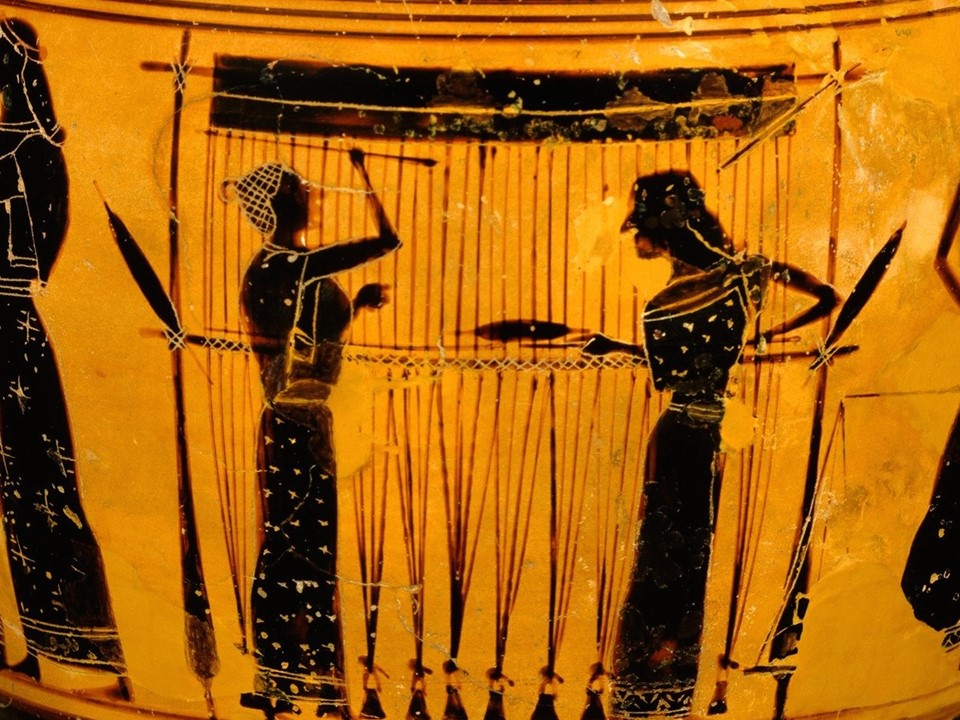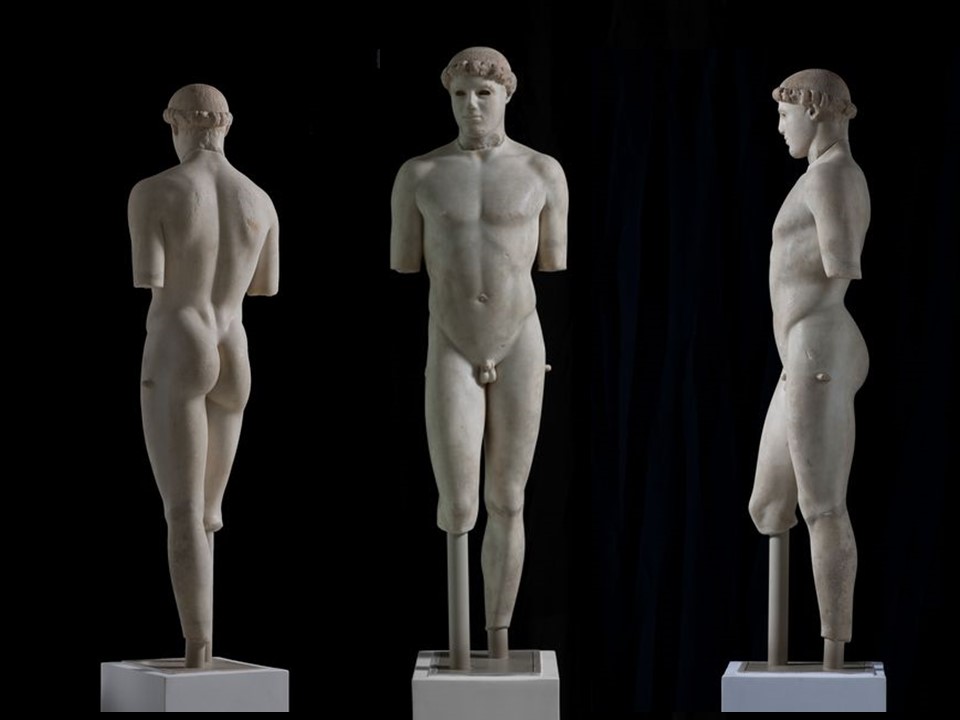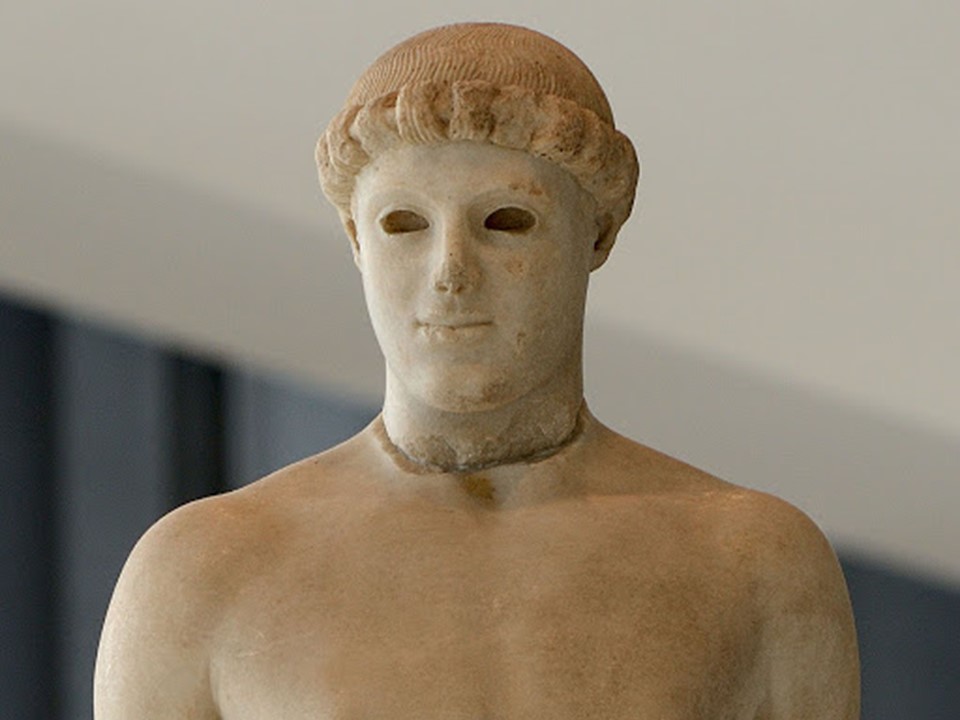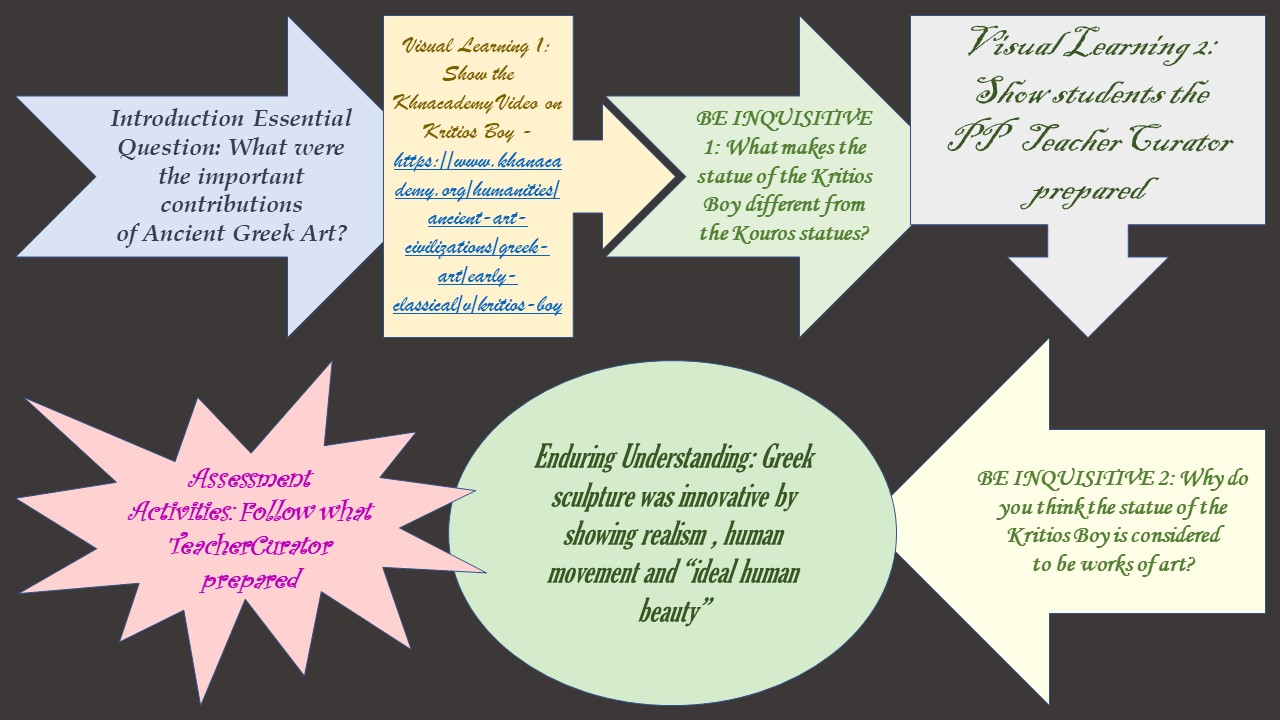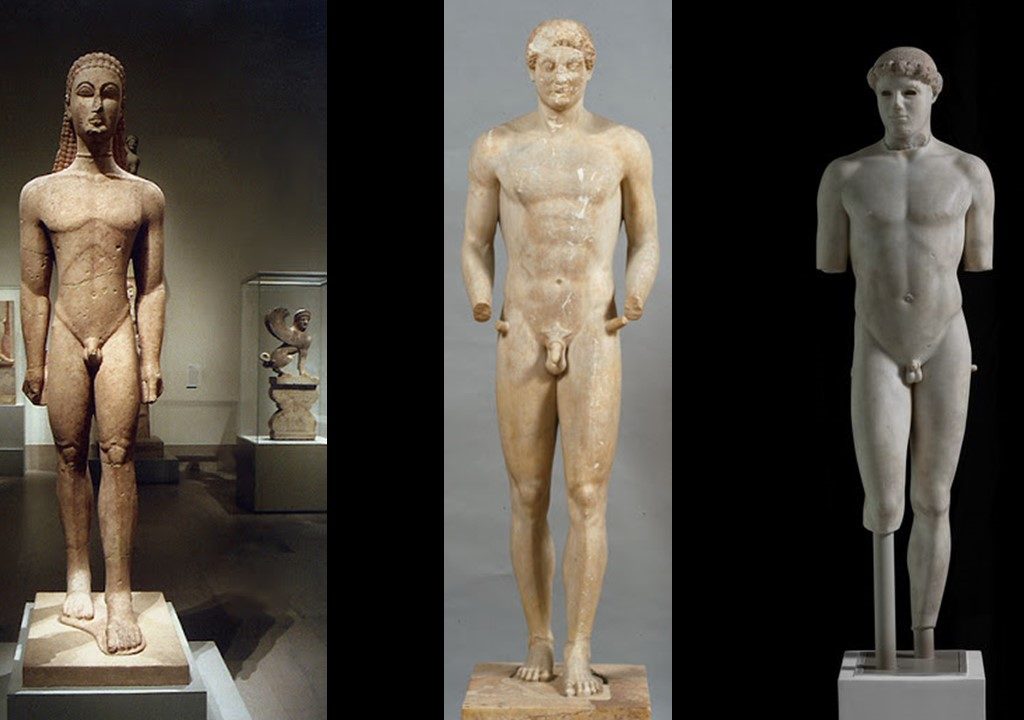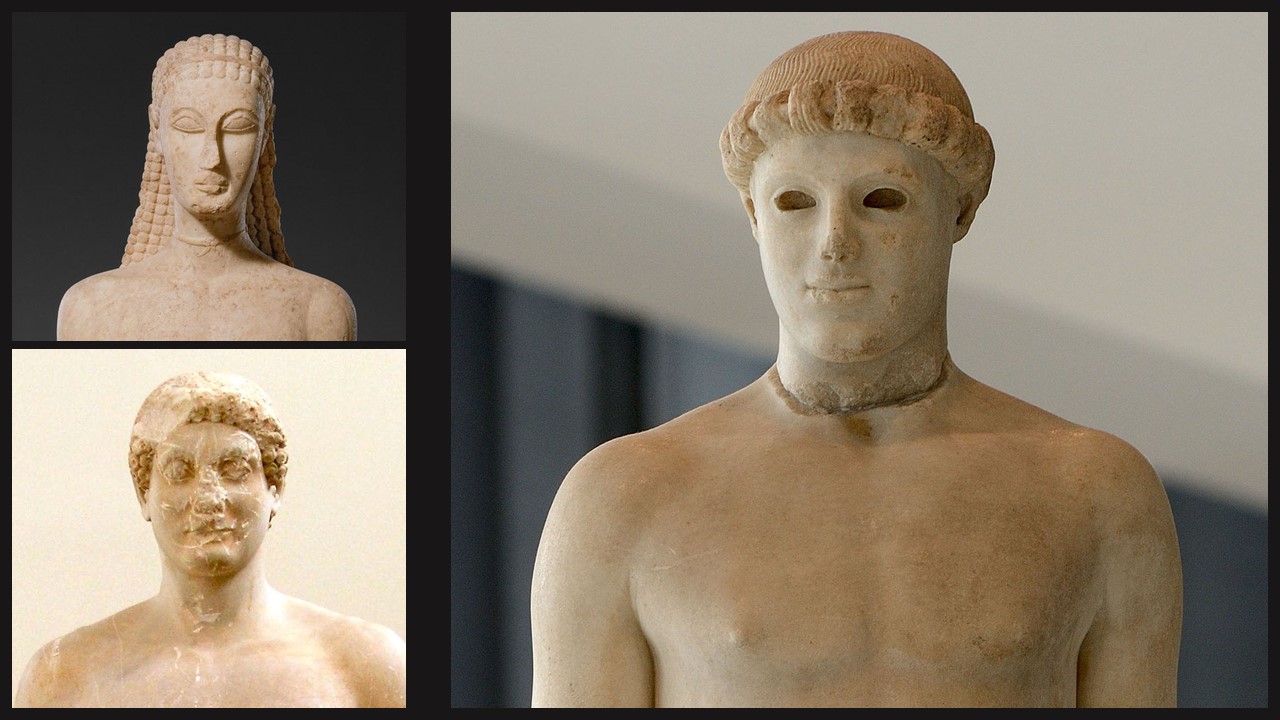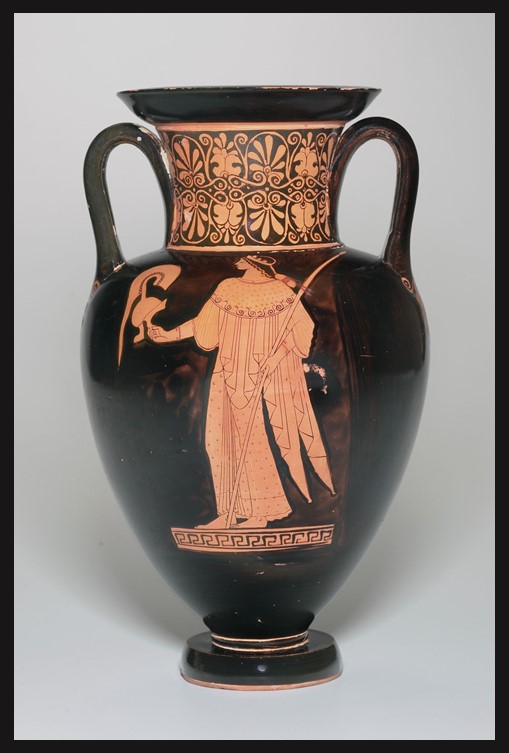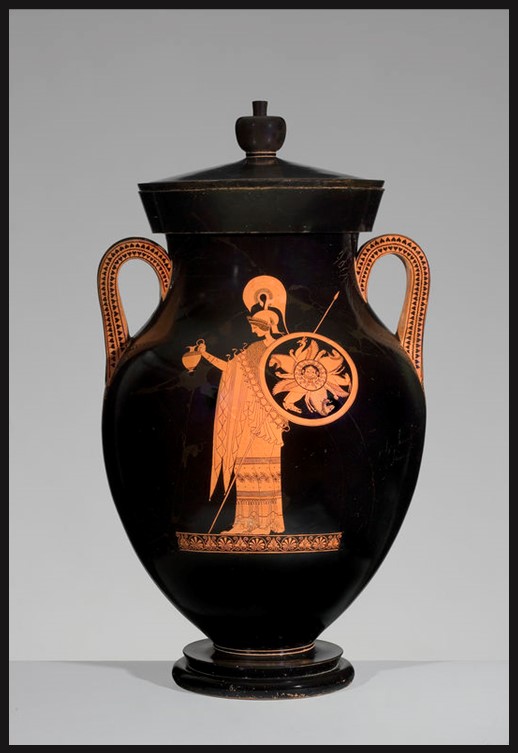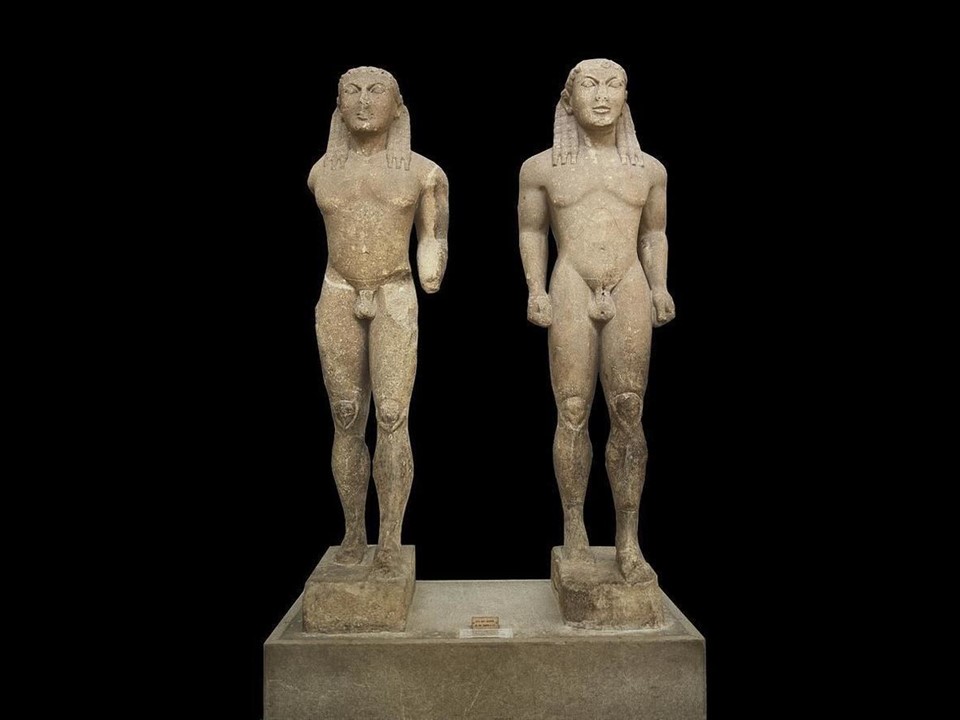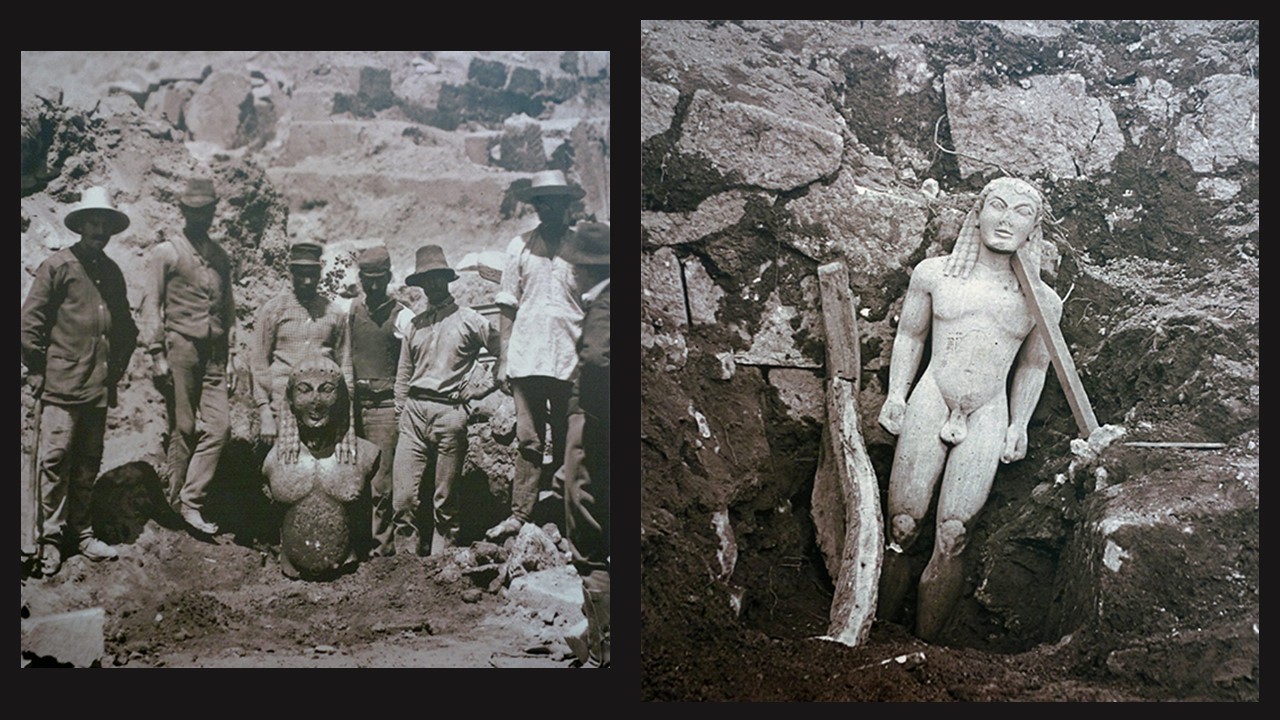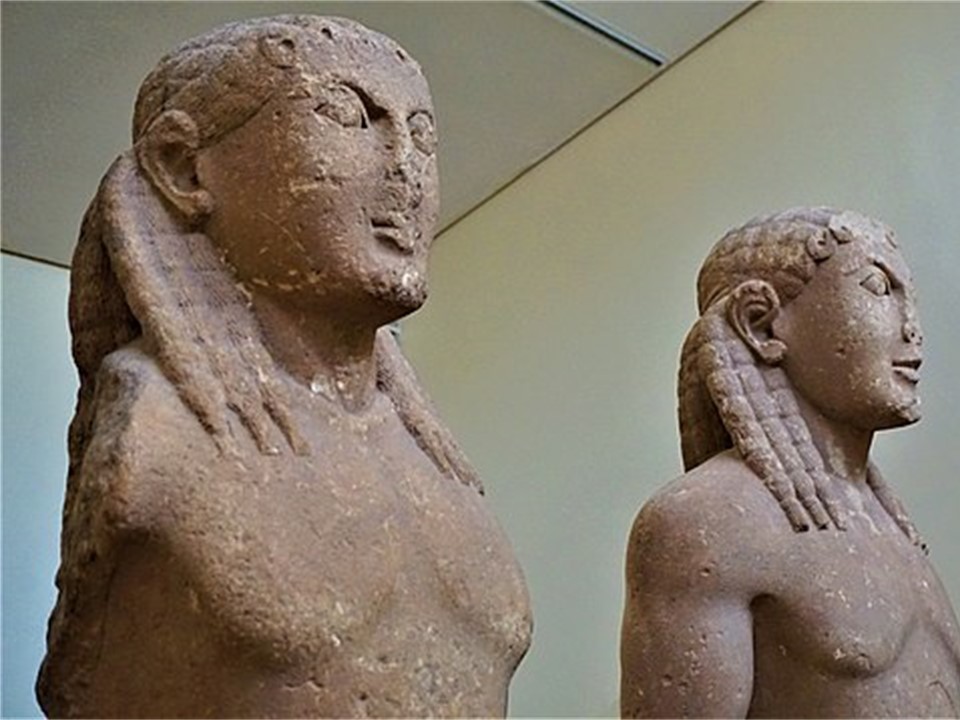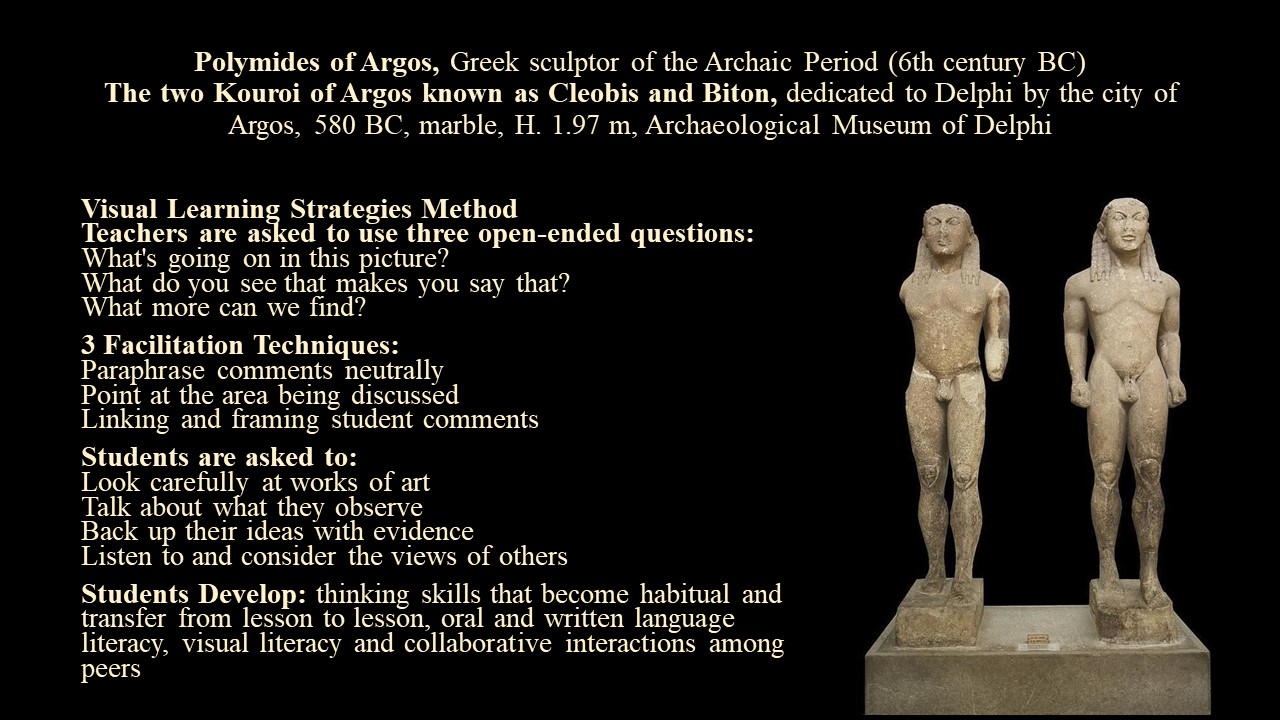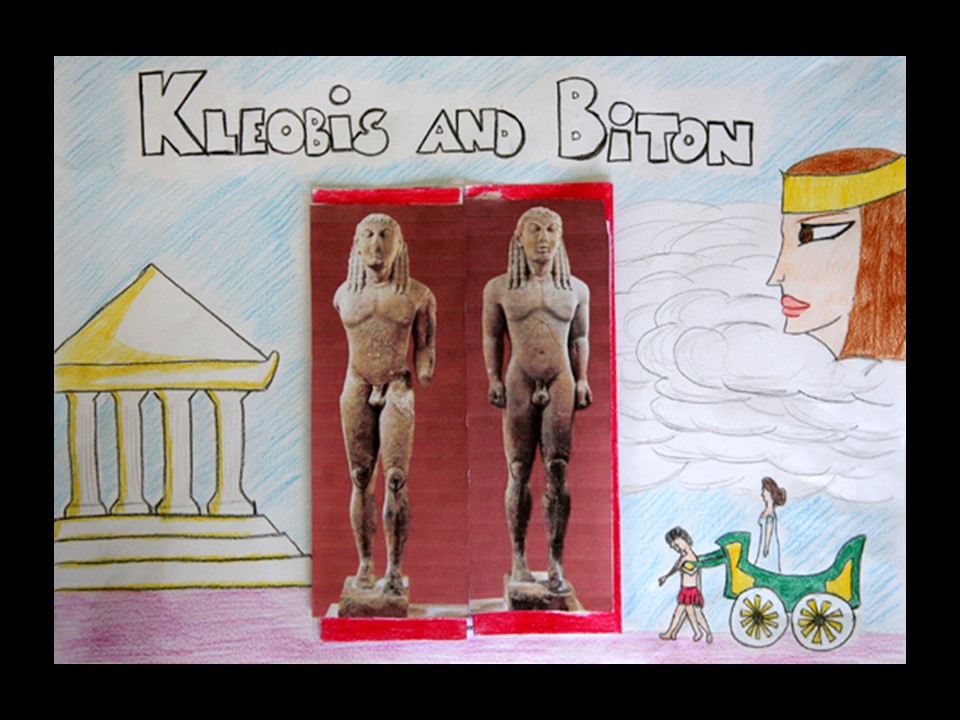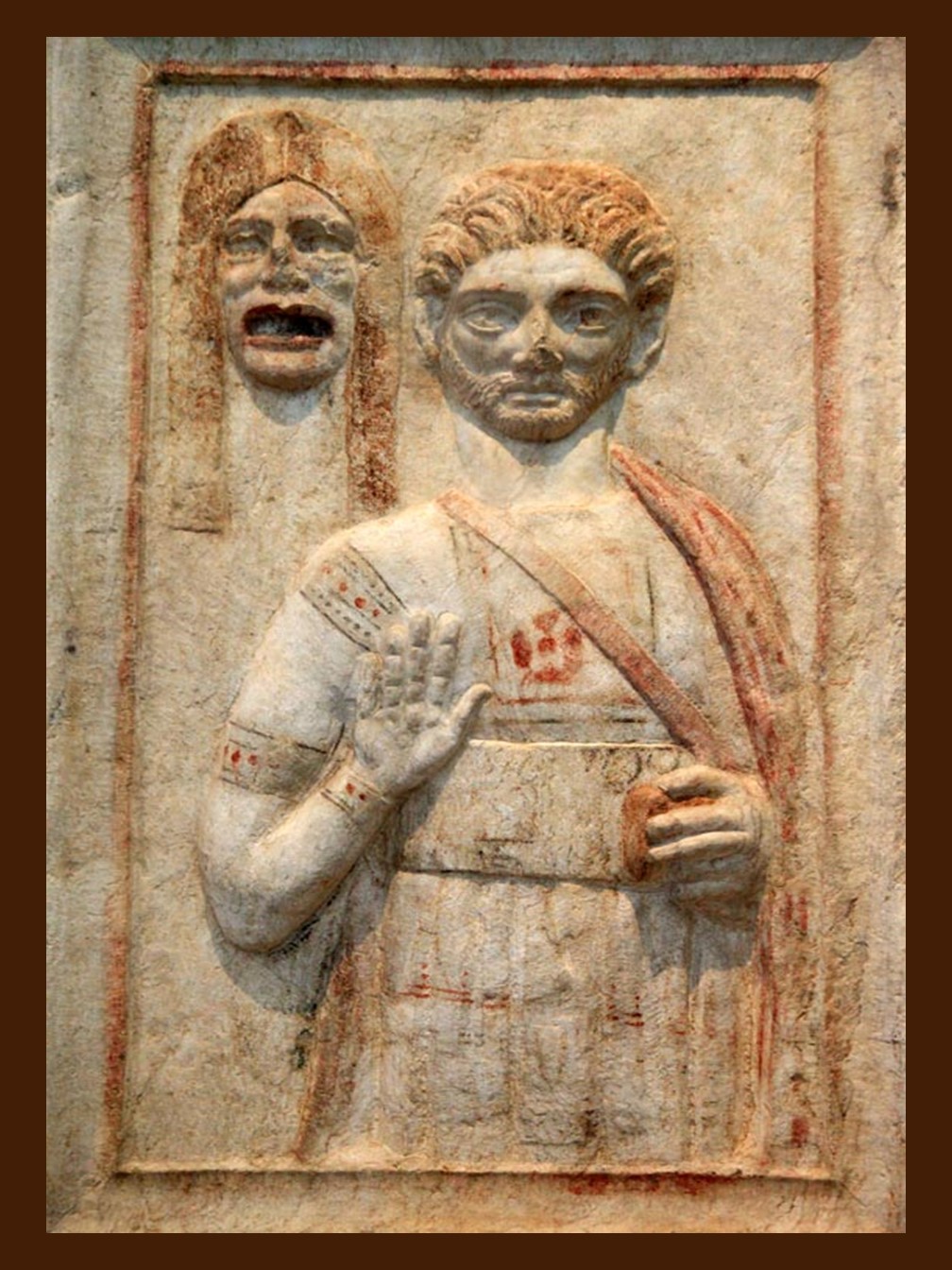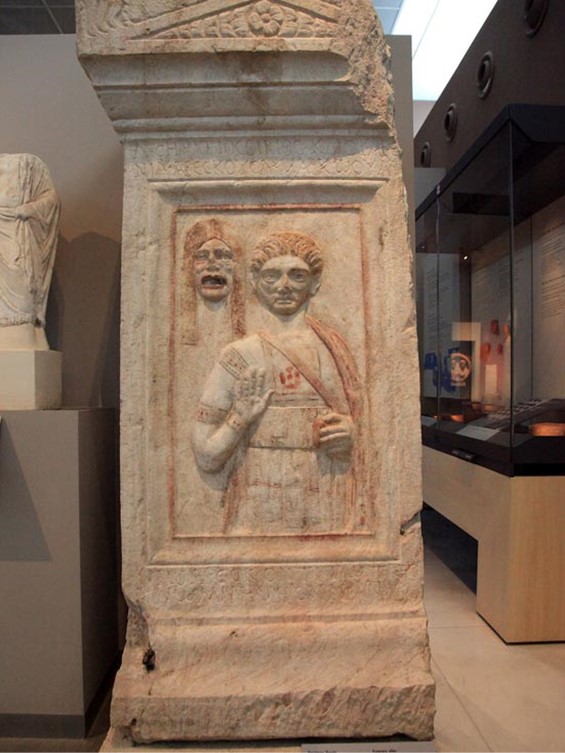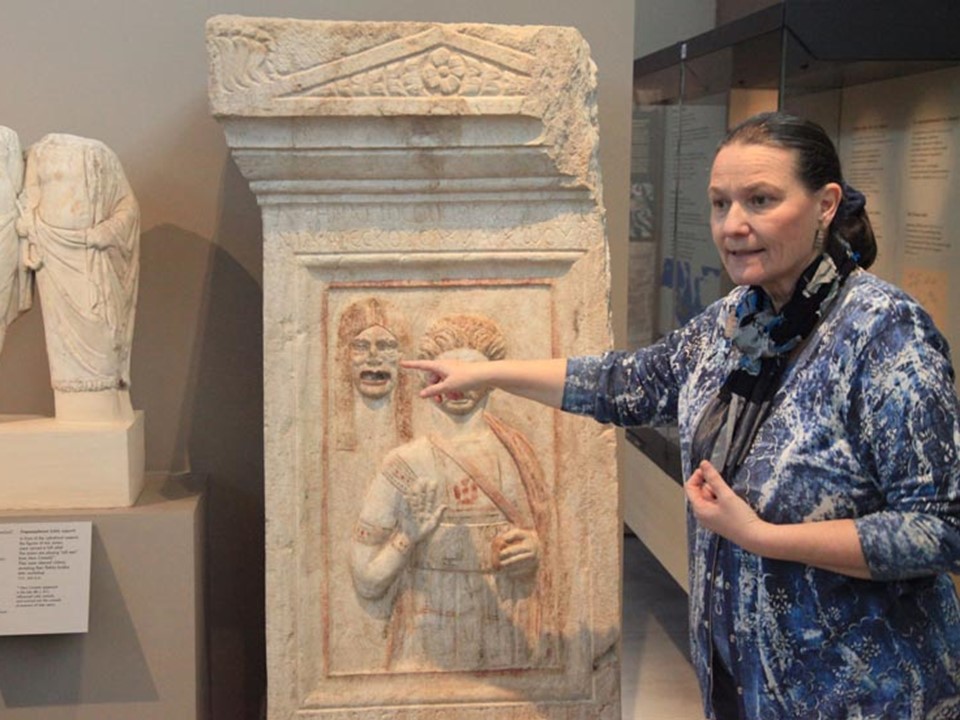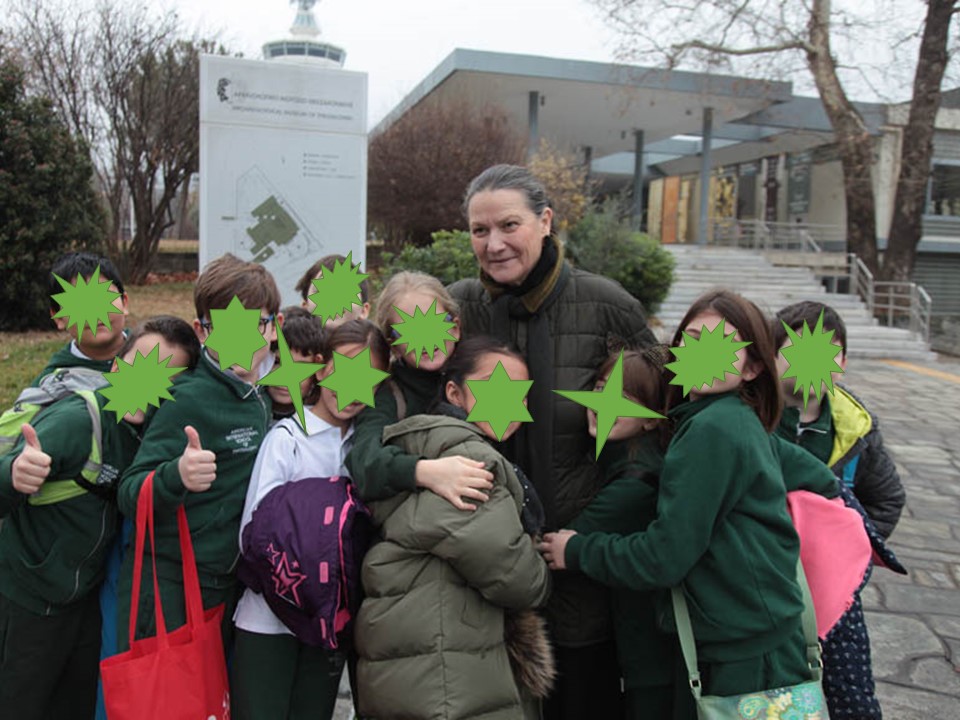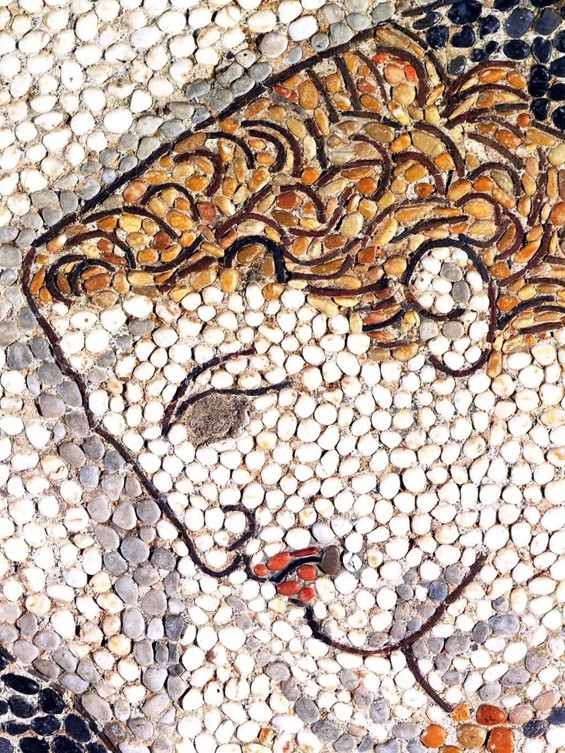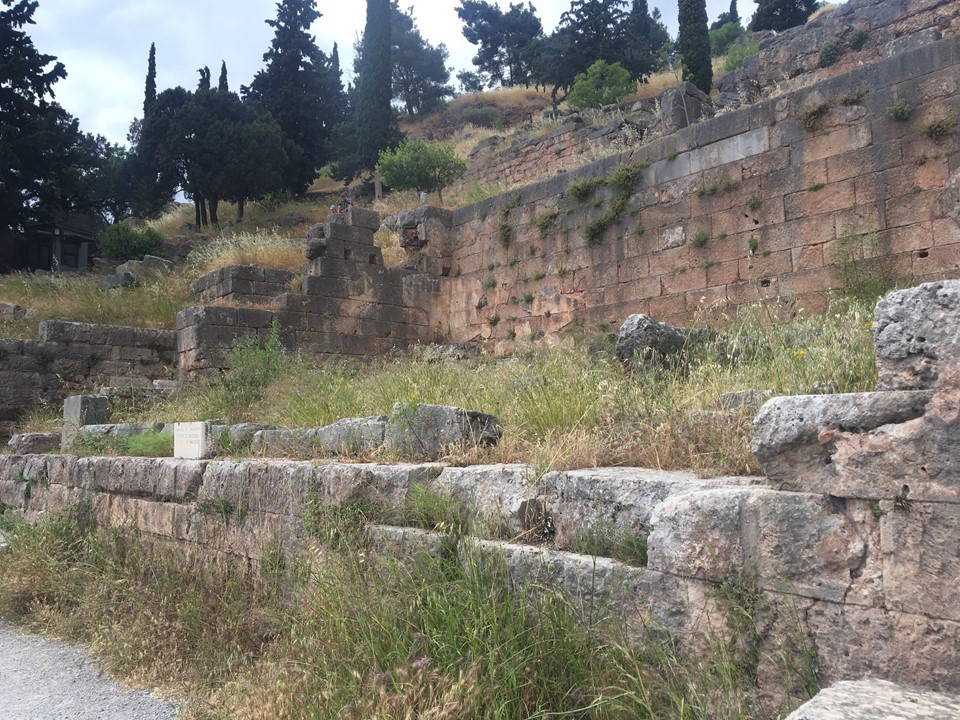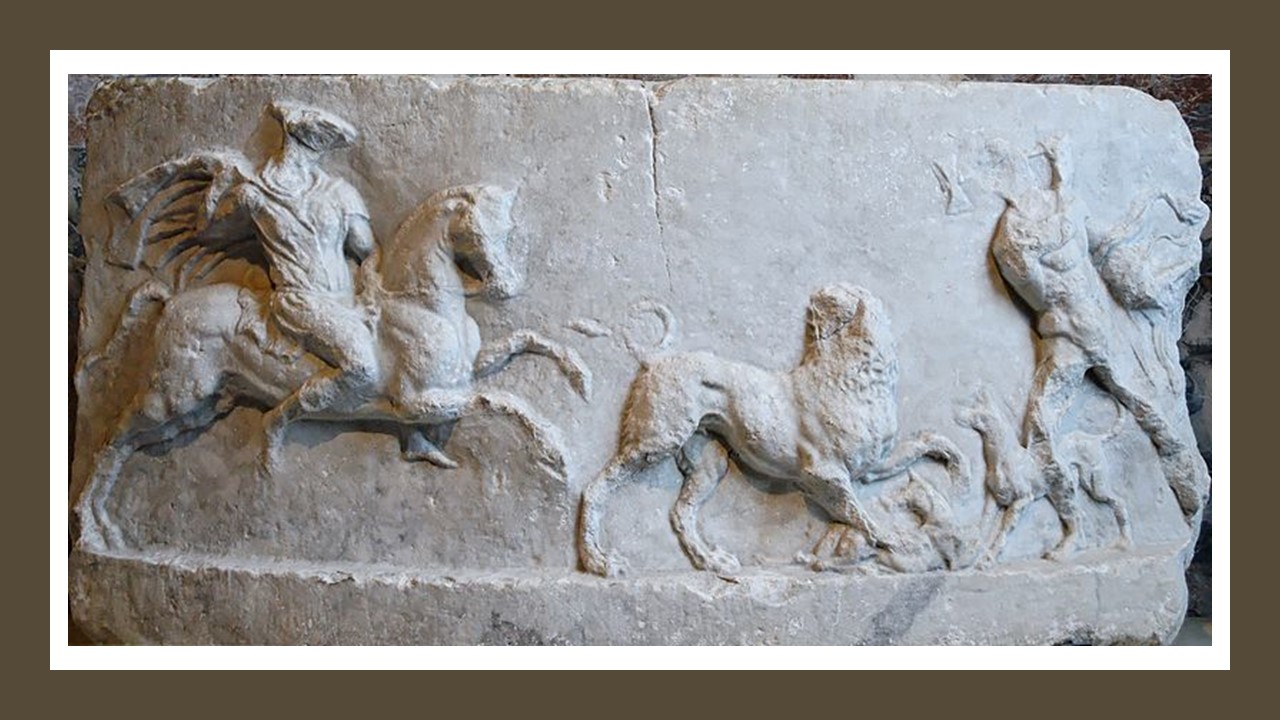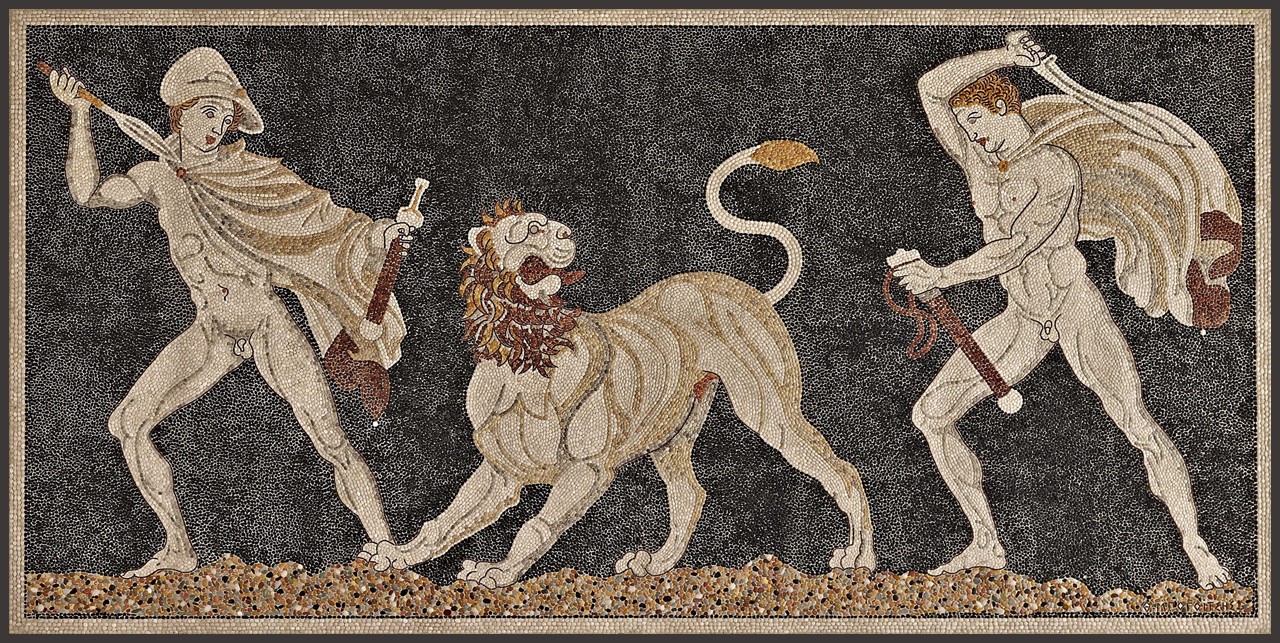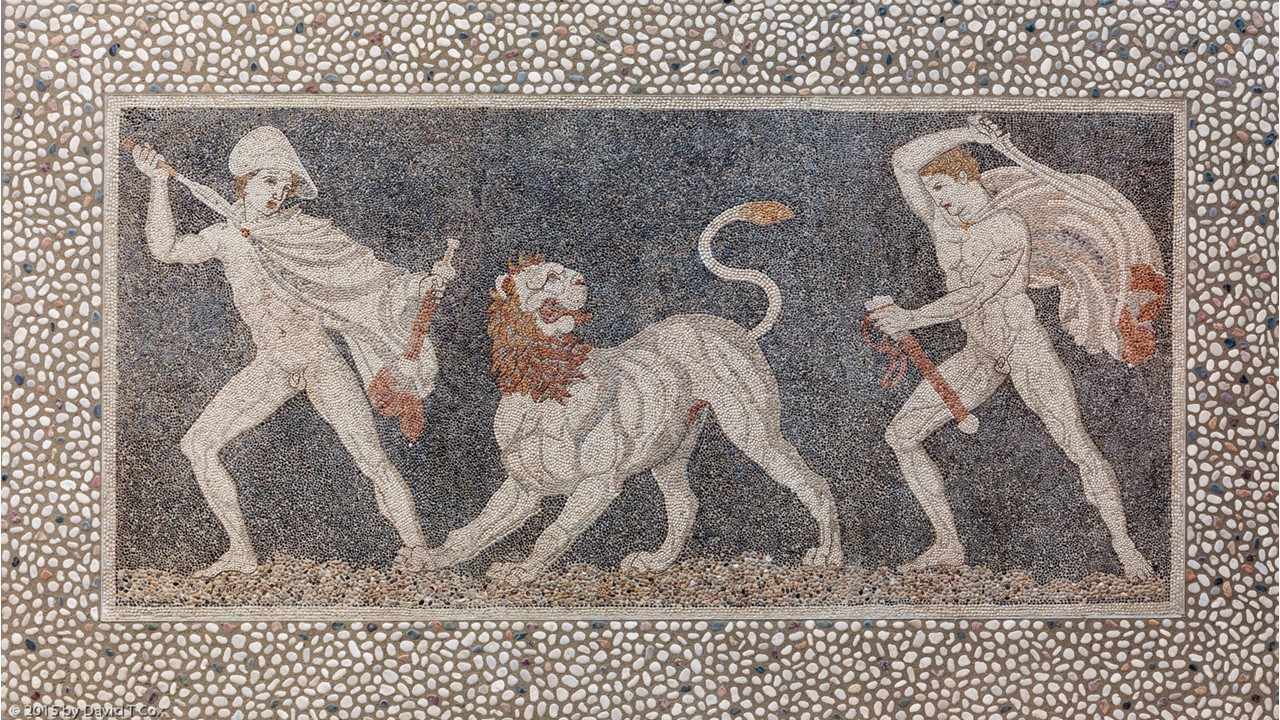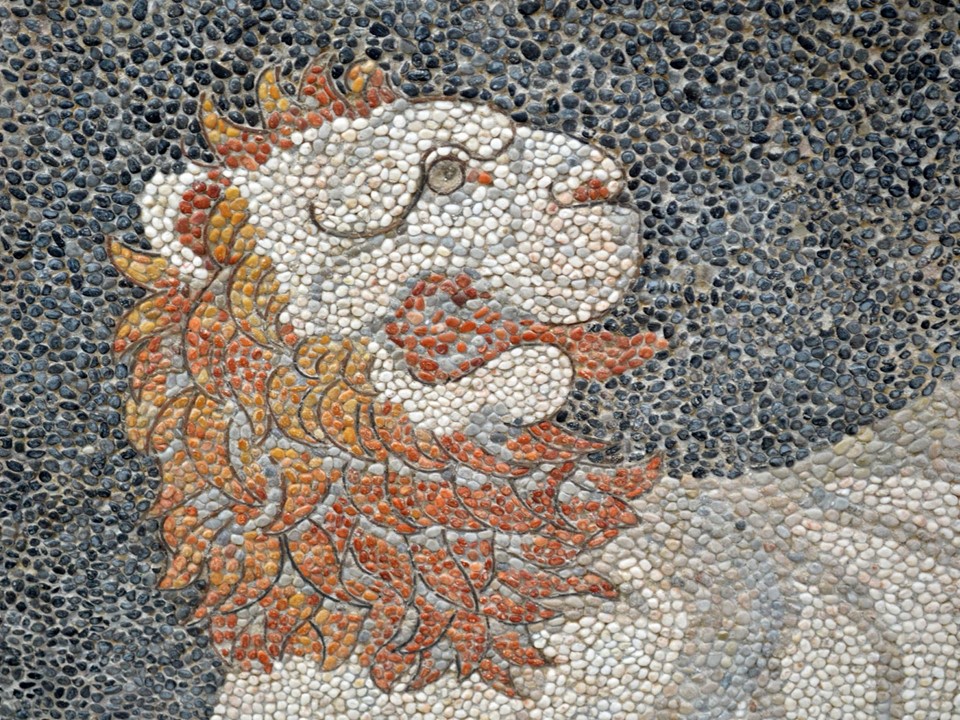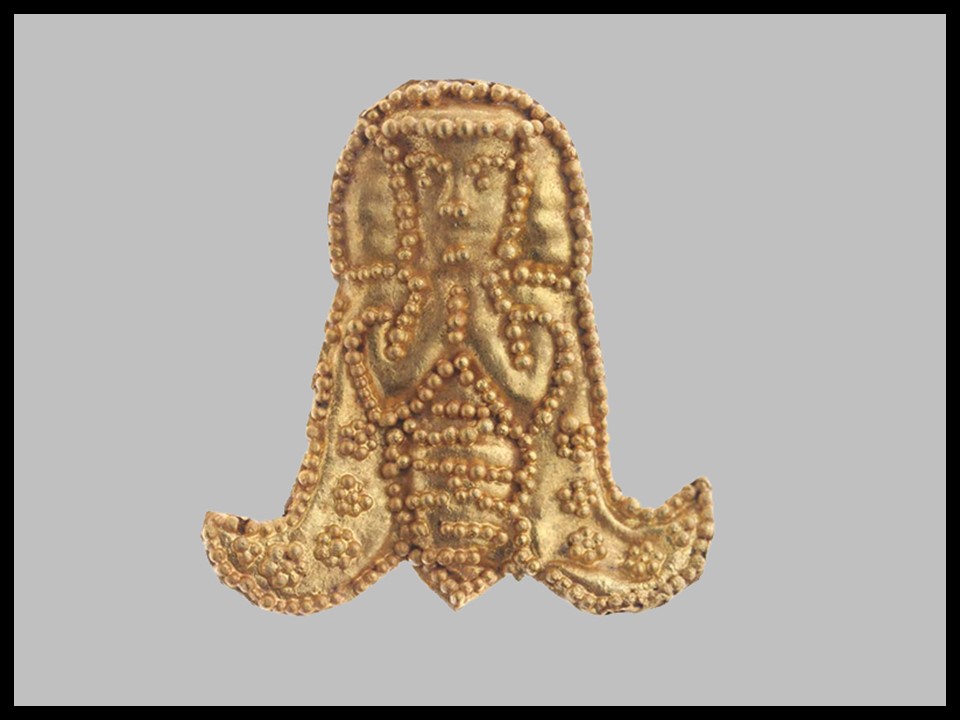
https://mae.uoc.gr/exhibits/
On the 20th of May… Let’s celebrate World Bee Day! Let’s observe the importance of the 25,000 to 30,000 species of bees as effective pollinators. According to the United Nations pollinators allow many plants, including many food crops, to reproduce. Indeed, the food that we eat, such as fruits and vegetables, directly relies on pollinators. A world without pollinators would equal a world without food diversity – no blueberries, coffee, chocolate, cucumbers and so much more. The ancient Greeks understood the importance of pollination and revered Bees as the “Divine Queens” of their ecosystem. The 7th century BC Gold Pendant with the representation of a Bee Goddess from Eleutherna in Crete is proof enough! https://www.un.org/en/observances/bee-day/background
The so-called Dark Ages of Greece, when the Eleutherna Gold Pendant with the representation of a Bee Goddess was created, were not dark at all! They were years of adjustment to a new reality, the aftermath years of the Homeric Epos, the years of the naissance of the great Greek art of antiquity. The small Bee Goddess of Eleutherna, a wonderful amalgam of old, and current Cretan traditions, is persuasive in its purpose and beautiful in its artistry. Whoever the pendant’s artist was, he was familiar with the Minoan past of female divine potency and the Homeric, rich literary tradition of metaphors relating the bee to human society. Let’s not forget how Homer (8th cent. BC) compares the Achaean warriors leaving the ships to attend an assembly to a swarm of bees leaving their hive in search of flowers: From the camp the troops were turning / out now, thick as bees that issue from some / crevice in a rock face, endlessly pouring / forth, to make a cluster and swarm on / blooms of summer here and there, glinting / and droning, busy in bright air. / Like bees innumerable from ships and huts / down the deep foreshore streamed those / regiments toward the assembly ground. (Iliad II 86-93, trans. Robert Fitzgerald) https://www.apiservices.biz/documents/articles-en/beekeeping_in_mediterranean.pdf
The small Bee Goddess pendant was discovered in the necropolis of Orthi Petra in Crete and inspired Professor Νikolaos Stampolidis to use it as the logo of the Museum of ancient Eleutherna. This amazing ornament is a composite creation: it shows the bust of a woman, with arms folded over the chest, and the lower body of a bee, with large wings, adorned with dotted flowers. https://www.lamdadev.com/en/the-company/corporate-social-responsibility/culture/commemorative-volume-eleutherna.html?os_image_id-34
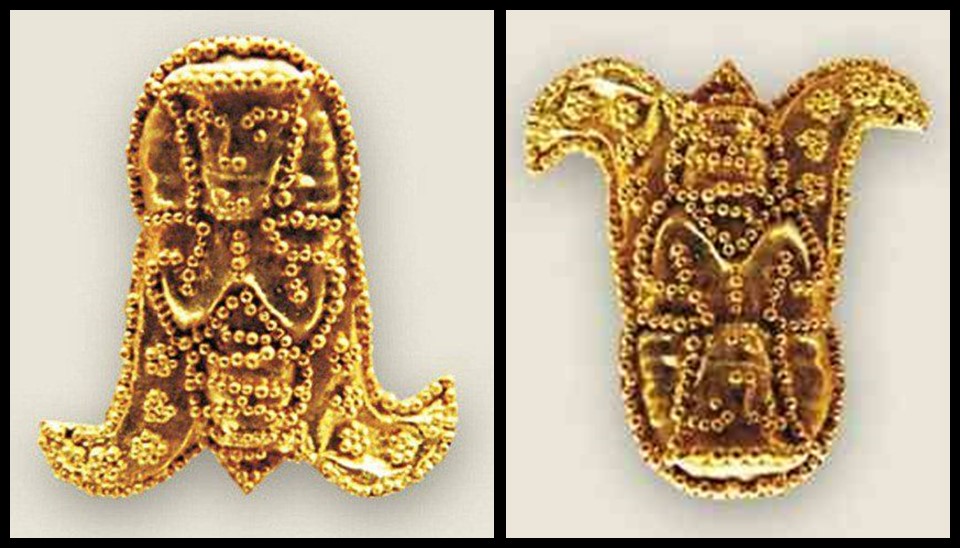
https://gr.pinterest.com/pin/343540277802257776/ and https://www.pinterest.de/pin/91409067412568201/
The city of Eleutherna, on the island of Crete, was of great importance in prehistoric times and continued to be so from the dawn of Hellenic Civilization to the Byzantine era. Systematic excavations organized by the University of Crete under the directorship of Professors Petros Themelis, Athanasios Kalpaxis, and Nikos Stampolidis since 2009, brought to light three sectors of the city and the necropolis at Orthi Petra, enhancing our knowledge of the political, economic, social, religious, and artistic history of the whole of Crete, particularly during the so-called “Dark Ages.” Eleutherna, close to Mount Ida, where the Νεφεληγερέτης (Cloud Gatherer) Zeus was safely born, raised with milk and honey, and protected by the Kourites warriors, is a city that eloquently bespeaks the continuity of the island’s prosperity and its seminal contribution to the genesis of Hellenic civilization. Discover its importance with the help of ELEUTHERA, by Nikolaos Chr. Stanmpolidis, LAMDA DEVELOPMENT, 2020. https://www.latsis-foundation.org/content/elib/book_29/eleytherna-english-l.pdf and https://www.latsis-foundation.org/content/elib/book_29/eleytherna-greek-f.pdf
For a Student Activity inspired by the 7th century BC Gold Pendant with the representation of a Bee Goddess from Eleutherna in Crete, please… Check HERE!
